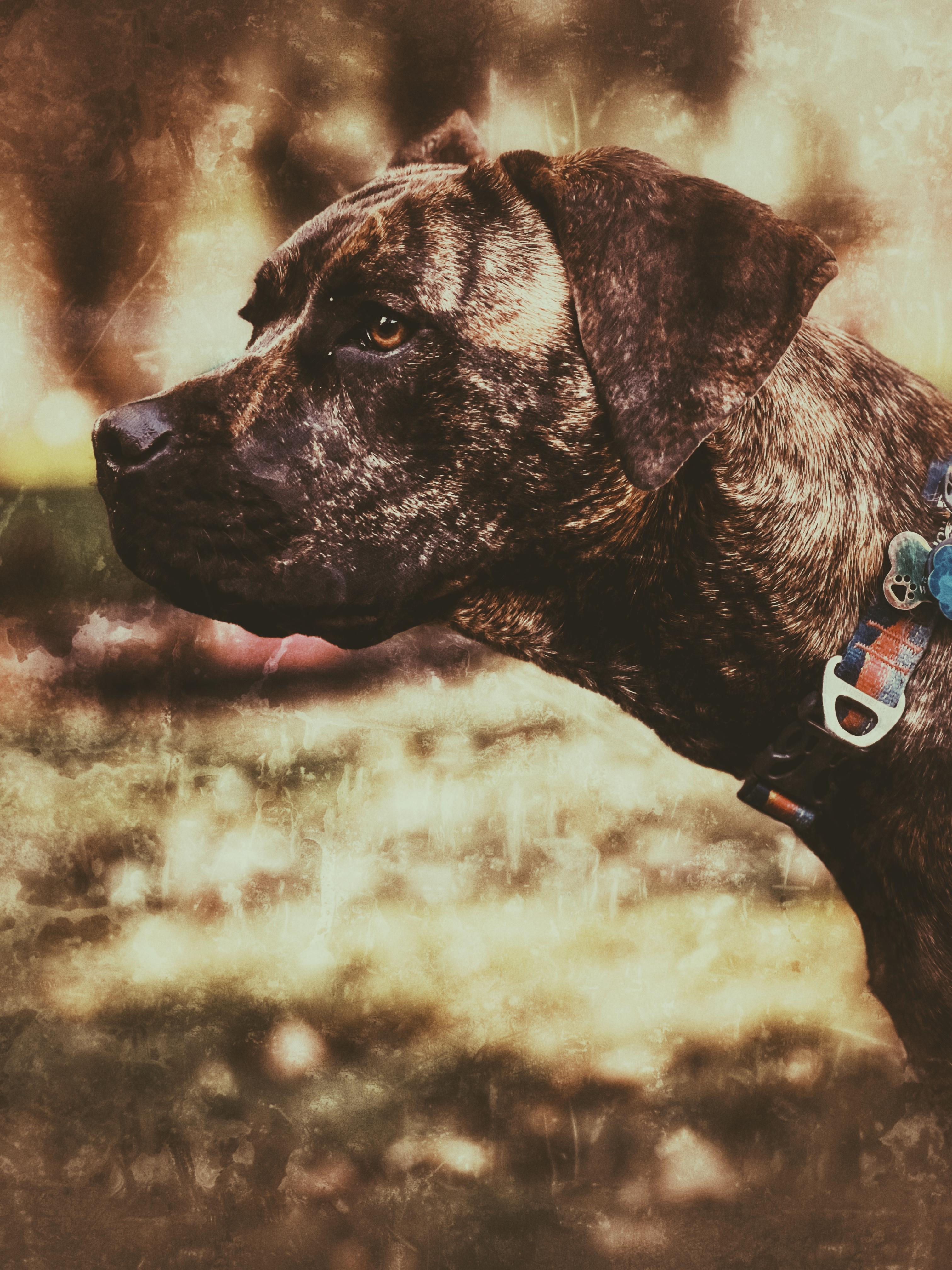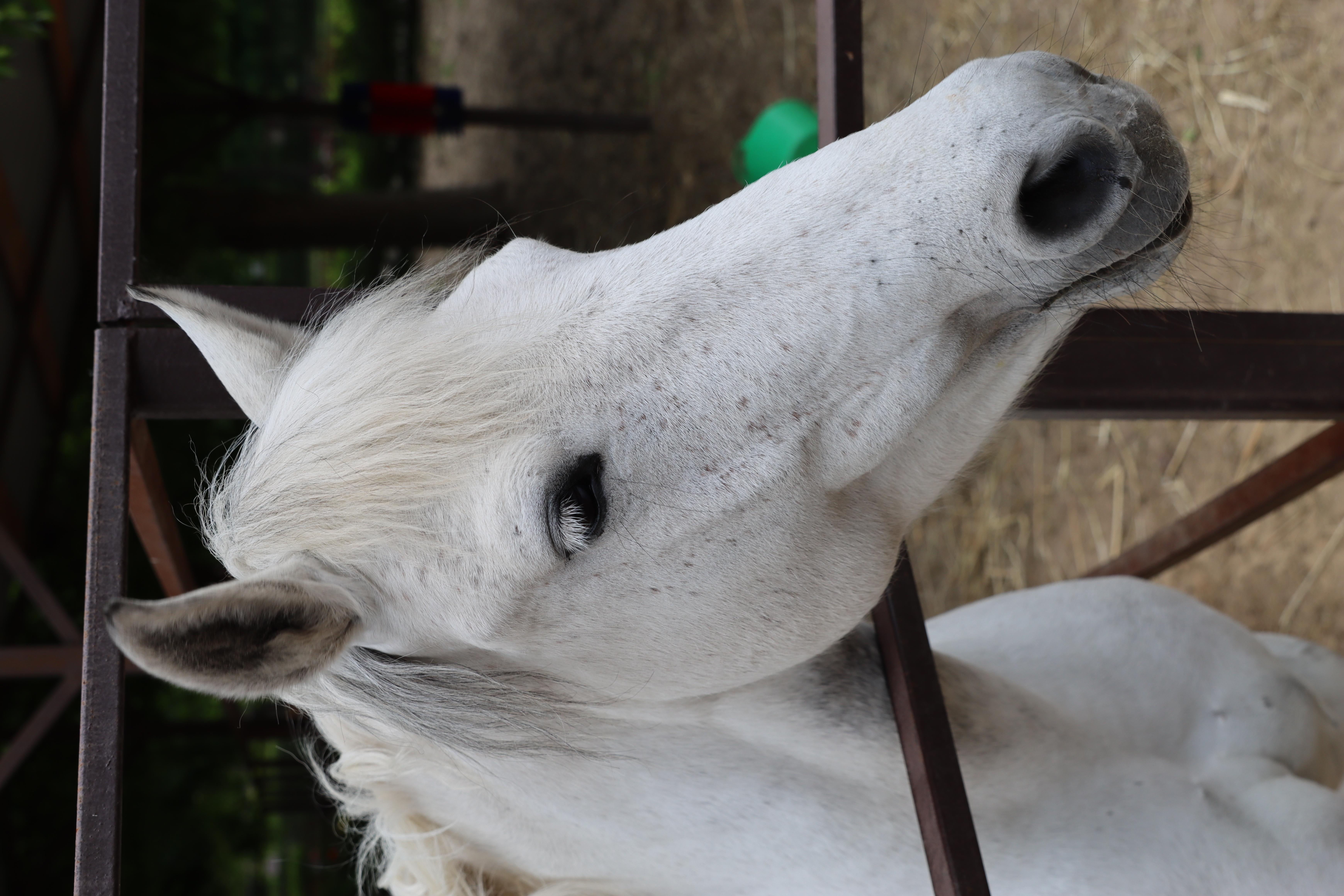Welcoming a furry friend into your home is a journey filled with joy, companionship, and a fair share of challenges. As a new dog owner, you’re likely eager to build a loving relationship with your canine companion while ensuring they grow into well-behaved members of your family. Understanding the best dog training techniques is essential to fostering this bond and creating a harmonious living environment. In this article, we will explore effective and humane training methods that will not only teach your dog essential skills but also deepen the connection between you and your new best friend. Whether you’re a novice or simply looking for a refresher, these warm and instructive tips will guide you through the rewarding process of training your dog with patience, kindness, and consistency.
Understanding Your Canine Companion: Building a Strong Foundation
Embarking on the journey of training your new furry friend can be both exciting and overwhelming. To build a strong bond and lay a solid foundation, it’s essential to understand the nuances of effective dog training. Positive reinforcement is one of the most impactful techniques, rewarding your dog for desired behaviors with treats, praise, or playtime. This method encourages your canine companion to repeat those behaviors, creating a joyful learning experience. Consistency is equally vital; maintaining uniform commands and routines helps your dog grasp expectations, reducing confusion and anxiety.
- Clicker Training: Use a clicker to mark good behavior, followed by a treat, to reinforce learning.
- Basic Commands: Start with simple commands like “sit,” “stay,” and “come” to establish communication.
- Socialization: Introduce your dog to various environments, people, and other animals to build confidence and reduce fear.
- Patience and Understanding: Every dog learns at their own pace; be patient and adjust techniques as needed.
Remember, training is not just about teaching obedience; it’s about nurturing a trusting relationship. By investing time and effort into these techniques, you pave the way for a lifetime of companionship and mutual respect.

Positive Reinforcement: Encouraging Good Behavior with Love and Treats
One of the most effective and heartwarming ways to guide your furry friend towards desirable behaviors is through the use of positive reinforcement. This technique involves rewarding your dog for good behavior, making it more likely they’ll repeat it. Whether it’s a simple “sit” or a more complex trick, the essence of this method lies in associating good behavior with positive outcomes.
- Love and Affection: Sometimes, a simple pat on the head or a belly rub is the best reward. Dogs crave affection and knowing they’ve pleased you can be incredibly rewarding.
- Treats: Small, tasty rewards can be very motivating. Use healthy treats and keep portions small to avoid overfeeding. Remember, the treat should be given immediately after the desired behavior to create a clear connection.
- Verbal Praise: Your voice can be a powerful tool. Use a happy, enthusiastic tone to convey your approval. Phrases like “Good boy!” or “Well done!” can go a long way.
- Playtime: Incorporate a quick game of fetch or tug-of-war as a reward. This not only encourages good behavior but also strengthens your bond with your pet.
Consistency is key. Ensure that everyone in your household is on the same page regarding the behaviors being reinforced and the rewards being given. Over time, your dog will learn to associate their good actions with the love and rewards they receive, creating a harmonious and joyful living environment for both of you.
Establishing a Routine: Consistency is Key for Successful Training
Creating a structured routine is essential in ensuring your dog’s training is effective and lasting. Consistency is the backbone of successful training, as it helps your furry friend understand what is expected and when. Start by setting a specific time each day for training sessions, ensuring these periods are free from distractions. This regularity helps your dog anticipate and prepare for learning, making the process smoother for both of you.
- Set Clear Goals: Define what you want your dog to learn and break it down into manageable tasks.
- Use the Same Commands: Stick to the same words and gestures for each command to avoid confusion.
- Reward Consistently: Offer praise or treats immediately after your dog performs a desired behavior to reinforce learning.
- Be Patient: Remember that each dog learns at its own pace; patience and persistence are key.
By incorporating these practices into your routine, you will build a strong foundation for your dog’s training journey, fostering a positive and trusting relationship between you and your new companion.
Common Mistakes to Avoid: Ensuring a Happy and Well-Behaved Pup
Welcoming a new furry friend into your home can be an exciting adventure, but it’s essential to steer clear of some typical pitfalls that can lead to behavioral issues down the road. Here are a few common mistakes to watch out for:
- Inconsistency in Training: Dogs thrive on routine and consistency. It’s crucial to maintain a regular training schedule and use the same commands each time. Inconsistency can confuse your pup and hinder their learning process.
- Neglecting Socialization: A well-socialized dog is generally happier and more adaptable. Make sure to introduce your pup to a variety of people, pets, and environments from an early age to prevent fear and aggression.
- Ignoring Bad Behavior: While it may be tempting to overlook minor misbehaviors, doing so can lead to more significant problems in the future. Address undesirable actions promptly and consistently with positive reinforcement strategies.
- Overusing Negative Reinforcement: While it’s important to set boundaries, relying too heavily on negative reinforcement can damage the trust between you and your dog. Instead, focus on rewarding good behavior to encourage positive habits.
By being mindful of these common mistakes and approaching training with patience and understanding, you’ll be well on your way to raising a happy and well-behaved pup.

